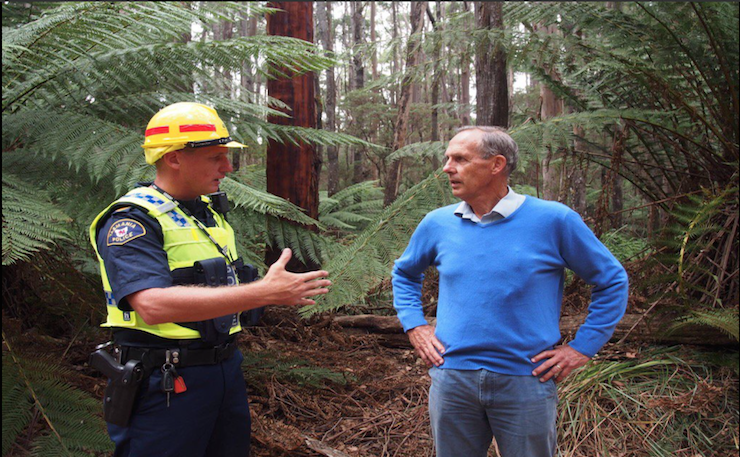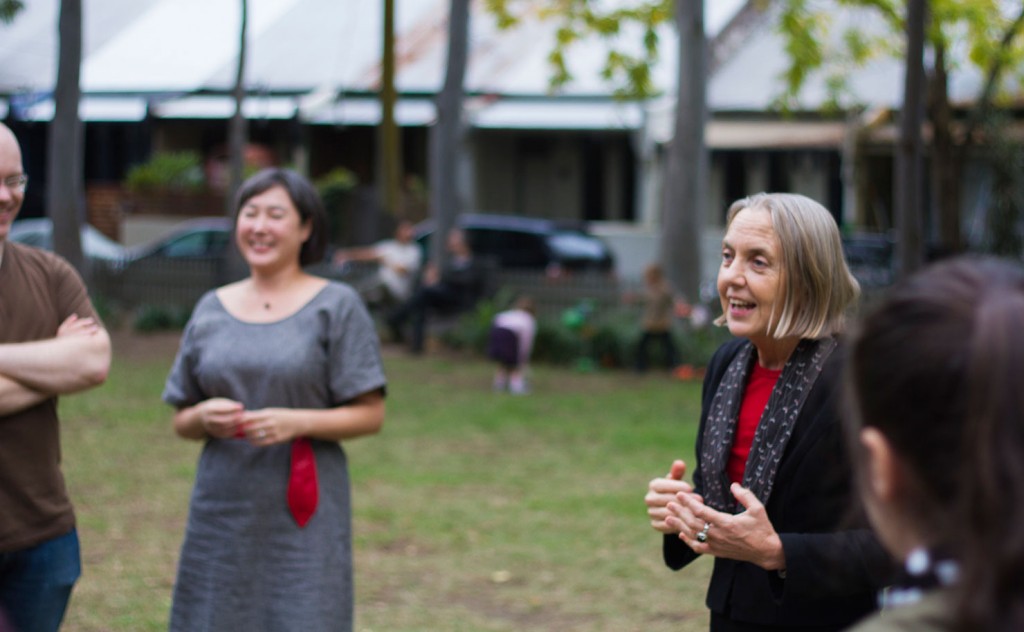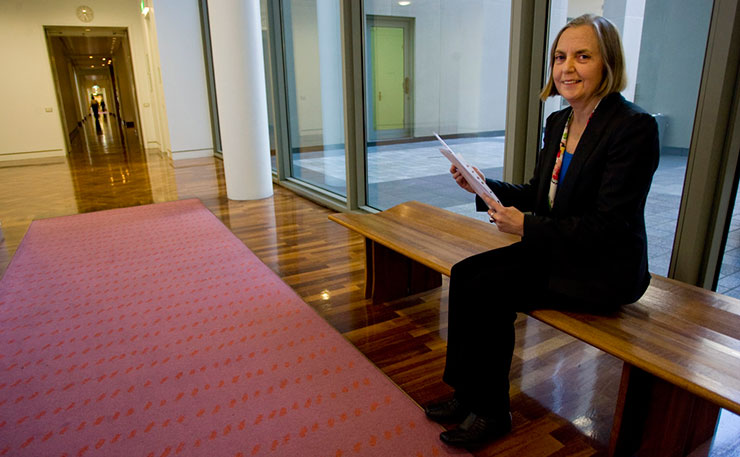Knowing the history of the Australian Greens will shed new light on the escalating war between the NSW Greens and the broader party, write Geoff Ash* and Hall Greenland. * Ed’s note: Geoff Ash is Lee Rhiannon’s partner, a fact not disclosed in the original version of this story. Sincere apologies to readers. New Matilda was unaware of this at the time of publication.
25 years ago Greens NSW members and Bob Brown found common ground. A political compact was made. Along with the Queensland Greens they agreed to compromise on a national constitution that laid out the organisational structure that has given the Greens more than two decades of largely cooperative work and enabled the party to consolidate its place in Australian political history as the most successful small party this country has seen.
In less than two weeks this basis for cooperation has been under attack and the Greens are back at the crossroads.
The Greens in NSW brought to the compact an emphasis on grassroots democracy. This goes back to their origins. There has been imprecise talk about how the Greens in NSW arose out of the union movement, the Labor Party and the Left generally. But the origins of the Greens – in Germany as much as in Australia – have their main roots in the Sixties.
That decade, running approximately from 1965 to 1975, gave a huge boost to feminism, ecological thinking, peace and non-violence, anti-racism and the practice of participatory democracy. It was people shaped by those political aspirations who formed the Greens. This was true of Tony Harris and in varying degrees of early Greens such as Drew Hutton, Ian Cohen, Therese Doyle, Margaret Eliot, Jo Valentine, Amalina Wallace and Paul Petit.
But the attachment to grassroots democracy was especially strong among the NSW founders. Many had been deeply involved in the women’s liberation movement and inner-city urban politics and the battles for open councils, public participation and community control of development. And, of course, the Green Bans.
As our original election platform from October 1984 put it (in the third paragraph!): What is distinctive and unifying about this new force in Sydney is the emphasis on encouraging people’s self-confidence in their right to have their say, their right to democratically determine matters – whether they are large or small – which affect their lives.
Others among the early Greens had come from the left wing of the Labor party. They were disillusioned because party decision-making was dominated by MPs with the rank and file having little say in the party’s direction. They did not want a repeat of that experience.
So from the very beginning we not only adopted the four pillars of the German Greens (which included participatory democracy) but incorporated the maximum of member control into our structure.

We adopted the model of building the Greens from the grassroots up, avoiding as much as possible hierarchy and centralisation (though not coordination). Local groups were formed wherever there were people who subscribed to the four pillars and wanted to form a group. They had local and financial autonomy as far as campaigning, pre-selections and preferences were concerned. These groups formed an expanding horizontal federation working on the basis of consensus. In that way individual members could feel that they mattered and had real power.
In 1991, Bob Brown and his colleagues, who had more traditional ideas of party organisation, joined in this process of building the Greens as a truly national force.
In negotiations between NSW, Tasmanian and Queensland Greens in the lead up to the formation of the Australian Greens confederation in 1992, an impasse was reached. It was clear that there were vastly different views on the matters of state party autonomy, grassroots democracy and MP accountability.
Bob Brown was strident in his view that state parties should be subservient to a national organisation and that MPs should have the right to defy party policy and decisions by having a conscience vote in parliament.
The Greens NSW argued that there should be a high degree of state autonomy within the confederation so that state parties could run their own affairs. The party also argued that MPs should not be able to pick and choose which policies they liked when voting in parliament and should respect party policy and the grassroots democratic decisions of the party and membership.
A compromise which underpinned the whole agreement and constitution was finally struck. State parties would have the autonomy to make decisions relating to their own affairs provided there was policy consistency with the national organisation.
On the thorny issue of MP accountability, it was agreed that most MPs would be able to “vote according to their conscience” or according to “their duty to the constituents” if in the MP’s opinion it conflicted with Greens’ policy. On the other hand, MPs and Senators from NSW – through operation of the national and state constitution – were obliged to vote in parliament consistent with national policy. They would be accountable to the state party.

To cement the agreement, constitutional amendment could only be made by consensus at National Conference, or by at least a 75% majority vote at Conference to conduct a ballot of members. For such a ballot to be carried it would then require support from at least two-thirds of the votes cast by members, provided that at least 25% of the membership voted.
Without the compromises, the Greens NSW would never have joined the Australian Greens and it would not have formed when it did.
Now the Party Room has issued an ultimatum that the key elements of that compromise agreement, the basis on which the Australian Greens was formed, have to go. They are unhappy that a NSW Senator felt constitutionally obliged to vote and campaign against a Bill because she and her state party formed a valid view that it would take the country and its public schools further away from Greens policy.
* Geoff Ash is a former convenor of the Greens NSW. Hall Greenland was among the founders of the Greens in Australia. They were eyewitnesses and participants in these events.
Donate To New Matilda
New Matilda is a small, independent media outlet. We survive through reader contributions, and never losing a lawsuit. If you got something from this article, giving something back helps us to continue speaking truth to power. Every little bit counts.






